Introduction
People have been wondering if AI can replace the skills of painters, illustrators and animators. While we are still finding a solid answer to this question, one thing is for sure; there are some pretty interesting developments taking place in this domain.
For centuries, fine art has captivated man kind. With the right set of skills and experience, even the most mundane and banal things can be transformed into something highbrow and sensational.
Too often, we take our visual experiences for granted. It is not until you really stop and appreciate something that you start perceiving its true beauty. So lets explore if Artificial Intellegince art can replace human artists in the near future:
1. Real paintings are a multi-billion-worth industry.
In the art world, it’s not just about what you can do. It’s also about how much money people are willing to pay for it. The global art market is worth over $60 billion and growing at a rate of 4% per year—more than double that of any other asset class in existence. Art has become more than just a commodity; it’s now an investment opportunity as well.

2. AI start-ups are trying to offer tools to create and sell them at scale.
Entertainment and art have always been great marketplaces for brands, but the rise of digital technologies has opened up new possibilities for artists as well. Artificial intelligence can be used to help create paintings, but it can also be used in other ways—like selling them on your website or even just letting people buy something from you if they want it badly enough.
3. The idea that AI can produce original creations is controversial among artists.
Some artists worry that AI will replace them, but others believe it’s beneficial for their profession. Many are still in the middle, with mixed feelings about the future of art.
“I expect there will be an AI-generated art gallery in my lifetime,” said Sree Harsha Vardhan, professor at the University of Washington and author of “Artificial Creativity: A Machine Learning Approach to Artistic Discovery.”
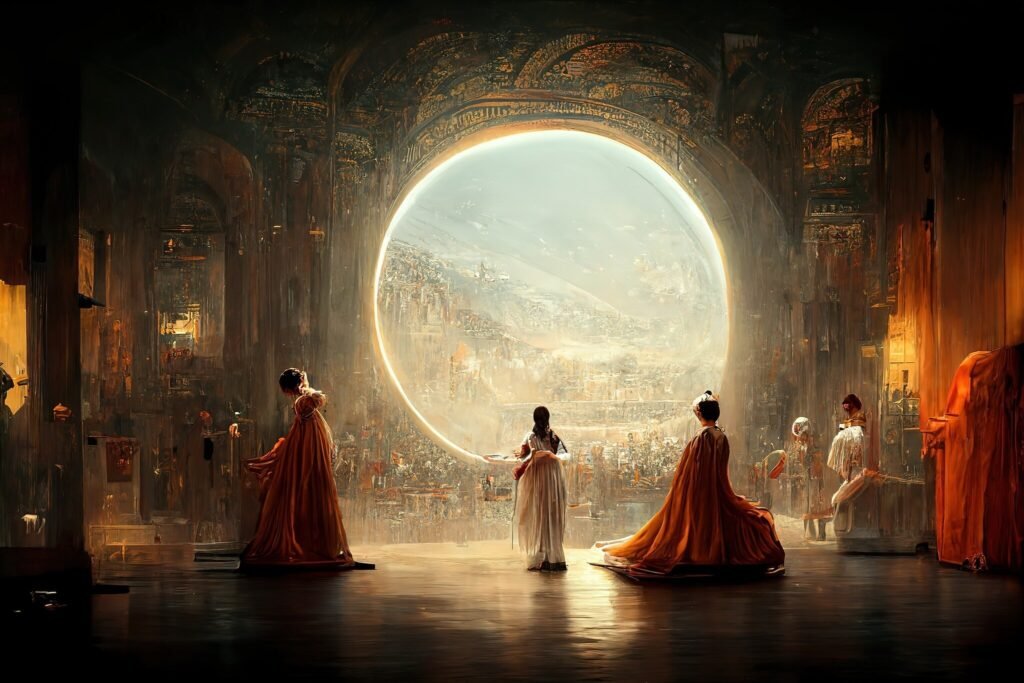
A lot is riding on this idea. AI could help democratize art and make it more accessible — but it could also put artists out of work. If artists stop creating new works because they don’t need to, then we’ll have fewer things to look at in museums or galleries.
“The whole idea of AI is that it will help us solve some of these problems we’ve been trying to solve since the beginning of time,” said Vardhan. “We have lots of ideas about how we can use AI for creative problem solving, but we don’t really know if those ideas are going to work yet.”
4. A never-ending debate
The debate is not new, but with today’s deep-learning technology, the end of artistic creativity is no longer an empty threat. AI has created indistinguishable art that humans have produced, as demonstrated in numerous instances. This raises questions about whether this is good or bad for society as a whole.
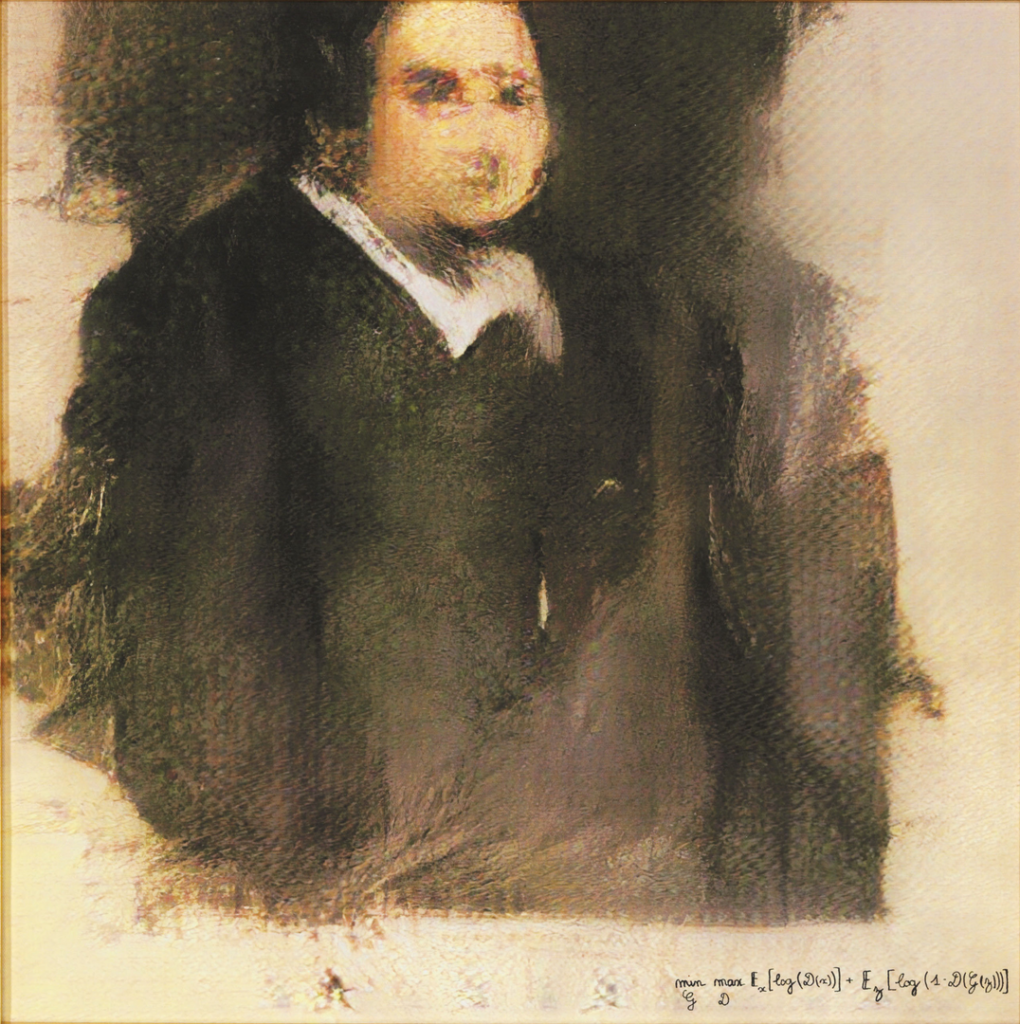
The question of AI replacing human labor has been debated since its inception: when computers were first introduced into factories in the 1950s and 60s, they were viewed as replacements for workers who could be replaced by machinery (which was already happening).
However, because computers do not require physical labor and thus don’t need to eat or sleep—they have since become part of our lives without ever having been replaced by any other kind of machine (except maybe robots).
5. AI artworks are result of several experimention
Most recent AI artworks are produced after experimenting with several inputs and outputs. The goal of this process is to create an artwork that can be displayed in a gallery or museum, but it can also be used for other purposes. For example, if you want to make a picture of your dog, then you would probably want to use an AI algorithm instead of doing it by hand.
The first step in creating a piece of original art by using AI technology is finding something interesting about which the artist should focus—for example:
how many times does this person blink per second?
Or what color do they see when they look at the ground?
Then there are questions like:
“what images do those two things have in common?” or
“how close together are they?”
These kinds of questions help determine whether one image resembles another one or not. If two things resemble each other too closely then we might call them twins (e.g., two people with similar names).
6. New open-source software, a boon for AI artists
Open-source software is free to use, so you can experiment and learn from other artists. It also allows anyone to create AI artworks with the same ease that they might draw on a napkin. The open source nature of the program means that anyone can contribute their own artwork or modify the templates used by others.
This opens up an array of possibilities for how these tools could be used by artists, including creating new works, modifying existing ones or integrating them into artistic processes like painting or drawing. For example:
- You could create your own digital paintings using these programs instead of doing them by hand—perfect if you have time constraints!
- You could train an artist on how best to use these programs so that she becomes more effective at creating original pieces based solely on what she learns here (and no longer needs your help)!
The images below shows the 4 versions of a painting showcasing a yogi performing yoga on top of a snow mountain. I generated these paintings using open-source AI by the help of the keywords. Its fascinating to see such beautiful scenes created by a machine.
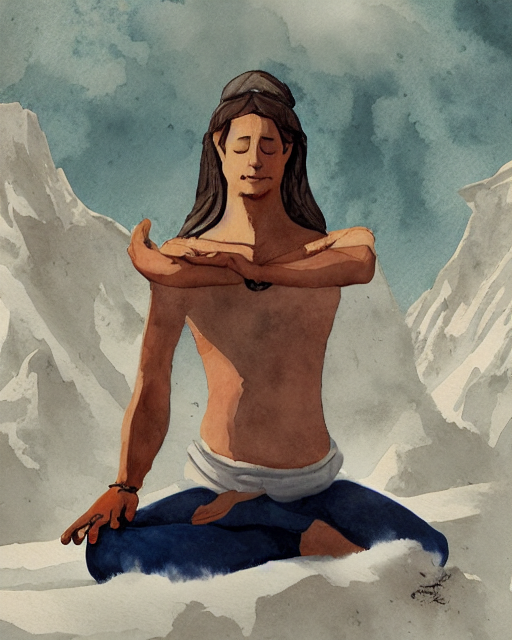
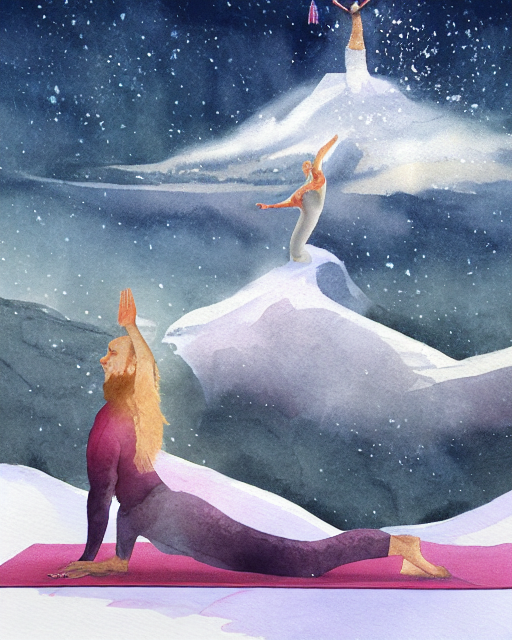
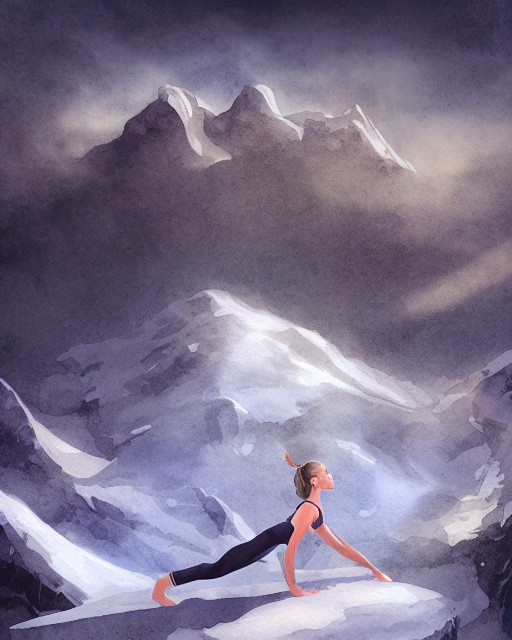

7. AI tools proudly mimicks human creativity
The question of whether AI will replace painting is a difficult one to answer. As AI tools are becoming better at mimicking human creativity, we have to accept that they might replace some skills we thought were uniquely human – if they aren’t already doing it.
The truth is that computer-generated art has been around for decades, but it only recently began to produce work that was good enough for galleries and museums.
Artificial intelligence has improved so much over time that many people now believe that AI-generated art will soon be indistinguishable from real paintings in both style and quality.
This shift towards better-quality generated content may lead us away from traditional forms of creating art altogether; after all, if your computer can do everything except paint something beautiful on canvas or paper (and possibly even then), why bother?
8. AI’s competitive edge in the market.
To some people, the biggest challenge that AI poses to the arts is its competitive edge in the market. It is not uncommon for artists to feel like they’re being replaced by machines and robots. But does this really happen?
It’s all about perception, as we’ve discussed before, so let’s start there: Many people think that AI can only create art more efficiently than humans because it has no emotions or personal preferences; however, this isn’t true at all!
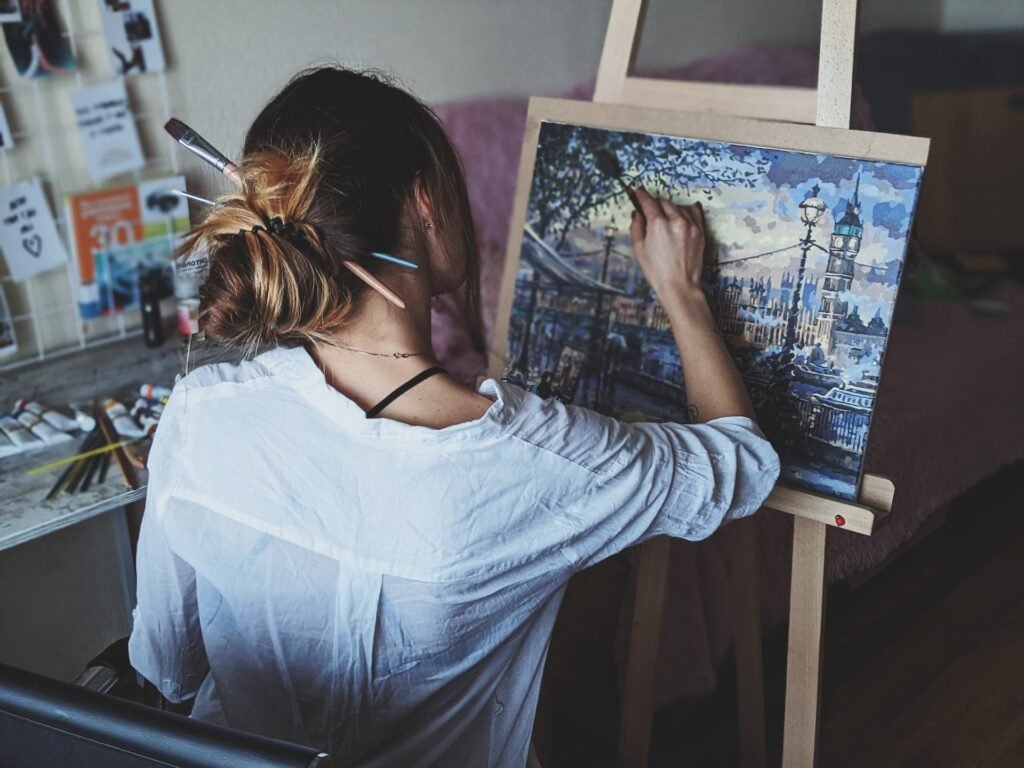

In fact, artists who use AI have reported feeling more connected with their subject matter than ever before because they don’t have any preconceived notions about what works best before they start painting or drawing something new.
They just go with what feels right on canvas (or paper). This makes them much more open-minded when creating new pieces as well as allowing them access greater variety of subjects than would normally be possible without using artificial intelligence technology.
9. Rounding upto an ultimate question
The debate around AI and creativity touches on a question that’s as old as human civilisation itself – what is art?
Art is subjective, so it’s hard to agree on what constitutes a work of art. It may also be difficult to define creativity, even though we all know when we see something beautiful or interesting.
But what if you could take away the artist from their creation? What would happen then? Would they still be able to create anything at all?
Conclusion
There’s no doubt that AI technology is improving at a rapid pace, and it’s likely to transform the way we produce art in the future. But we should be mindful of how this change will affect our own creative skills and perspectives. If we want to keep them alive for generations to come, it may be time for us to start thinking about what art really means today – not just as an aesthetic experience but also an important source of humanity’s shared cultural heritage.

